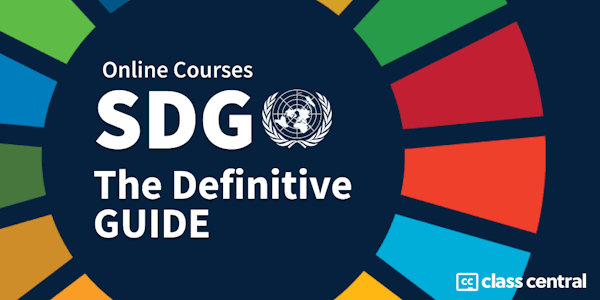Global Health is a new field within public health sciences that integrates the knowledge from fields such as epidemiology, medicine, economy and the behavioral sciences. The main aim of the course, An Introduction to Global Health, is to describe and analyze variation in health between and within countries. This will provide an understanding of causes of the variation. The course will include measurements and determinants of health. Further, the course offers a public health perspective of the global burden of diseases. The course will specifically address: Maternal and Child Health; Sexual reproductive health and rights; Major infectious disease - malaria, TB, HIV, pneumonia; Non communicable disease; Mental health; Disasters; Injuries; Health systems and financing; and Health policy. Analysis will be done from a gender and equity perspective.
The course combines different teaching methods: lectures, self-study, and exercises using gapminder tools (Gapminder.org) to analyze indicators. An added value is that the course is open to participants from different parts of the world, which creates an intercultural learning and teaching environment.
By the end of this course, you should have a good idea of how these key global health challenges are approached by different stakeholders. You will have developed an understanding of what kind of solutions exist today and hopefully you will be curious as to how to make positive difference in the world.



